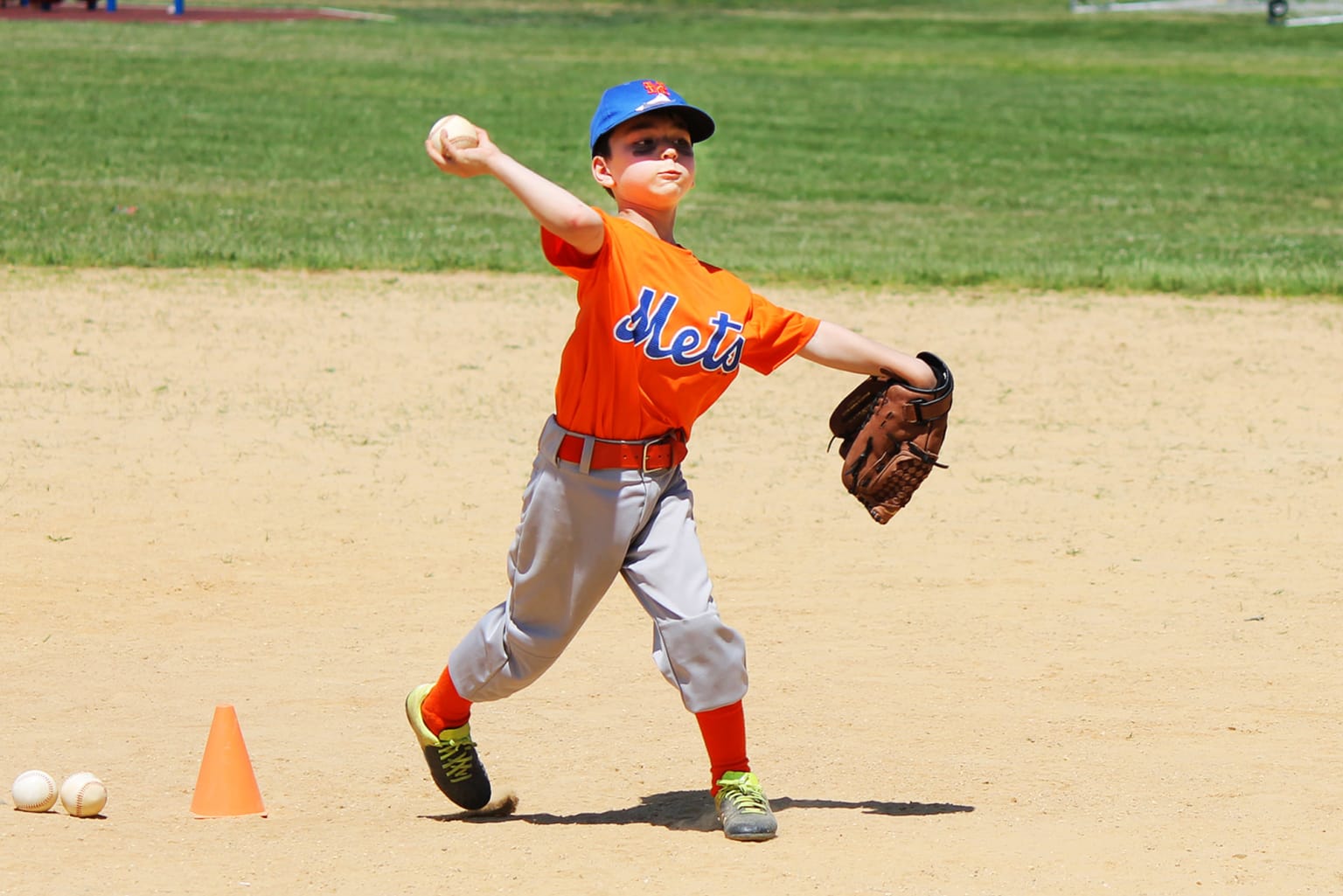Misconceptions of Physical Health and Youth Sports

By Dr. Tommy John
There is a wide-range of misunderstandings when it comes to physical health and youth sports, but here are two big ones that stand out:
Practices aren’t providing enough activity for my child
Some parents may believe that participation alone is all their son or daughter needs to stay healthy—which may not always be the case. Recent research performed at San Diego State University/University of California, San Diego, discovered that only one quarter of all kids participating in organized sports were actually getting the government recommended amount of exercise (which is 60 minutes of moderate to vigorous physical activity daily) during their team practices. However, it’s during these moments listening to their coach, or waiting for their chance to play, that a young athlete is working on their listening skills, level of patience, and all of the things that come with instruction. Certainly there are ways for coaches to bring more physical activity to practices, but there are many benefits provided in the downtime.
Our coaches aren’t developing our children properly
There is so much that goes into developing a healthy, happy, high functioning athlete, but it starts with developing them in the right order—something known as the Performance Pyramid.
At the bottom of the pyramid is functional movement. These are movements that aren’t necessarily tied to any sport, but simple movements that kids need to learn at an early age and should continue to repeat them for extended periods of time to build a solid foundation throughout their body. Some examples include the squat, the lunge, any basic pushing and pulling movements (such as push-ups or pull-ups, for example), or any non-weight movement that helps develop endurance, posture, body awareness, balance, and coordination.
The middle portion of the pyramid is functional performance, which is when a young athlete takes those functional movements and adds resistance to them to help them express these basic moves at a higher velocity, with greater acceleration, or with more power.
The top of the pyramid is functional skill, which is when we start combining and altering functional movements to perform a sports-specific skill, such as hitting a baseball, shooting a basketball, kicking a ball, etc.
The best way to build a balanced body in a young athlete (or any athlete for that matter) is by starting from the bottom and working their way up—but unfortunately that’s not what we’re seeing today. Instead, the pyramid is being used completely reversed, with the emphasis on building up sport-specific skills first. By inverting the pyramid, what some coaches are doing is getting your children to express their maximum capabilities earlier than they are supposed to. While that might seem appealing to parents because it makes them appear to be “ahead of the curve,” it’s actually causing children to reach their maximum potential at much younger ages—without creating a healthy, solid foundation (using functional movement) that can protect their body from sustaining injury.
Up until about 10 or 11 years old, it really should be the 90/10 rule—90 percent of your young athlete’s time should be spent on the bottom two sections of the pyramid with 10 percent being applied towards building up their sport-specific kills.
About Dr. John: Dr. Tommy John played professional baseball, and, following his playing days, has pursued a career that combines his passions of sports with his professional background as a Doctor of Chiropractic and a Master’s Degrees in Heath and Exercise Science. Son of former MLB pitcher Tommy John and Sally John, a former member of the Little League International Board of Directors, he owns the Dr. Tommy John Performance and Healing Center and published his book, Minimize Injury, Maximize Performance: A Sport’s Parent’s Survival Guide, in June 2018.